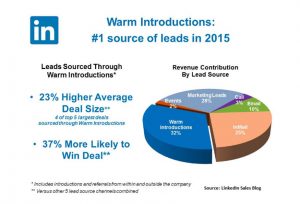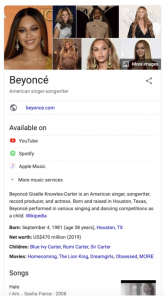Businesses have faced an up-and-down battle in 2020. The Covid-19 pandemic has spurned waves of openings and closings, fluctuating marketing trends, and wavering consumer confidence. While there is hope for a return to normalcy sooner rather than later, a recent study from McKinsey & Company reveals that “most Americans continue to believe that ‘the impact of the crisis on their routines and personal finances will last beyond the next four months’.”
This lingering uncertainty means that marketers and company leadership need to not only equip themselves with strategies to weather this storm, but that there is also a requirement to prepare for whatever enduring impact the pandemic and economic fallout may have on their business in the long-term future.
One path that looks clear for marketers to aggressively pursue is email marketing. There is plenty of evidence that consumers increasingly turned to email in the immediate weeks following Covid-related lockdowns—one analysis saw at +31.54% lift in year-over-year open rates in the 6 weeks after the start of stay-at-home orders (Mar 16-Apr 26).
Email marketing provides hope in the short and long-term for struggling companies. But it won’t be as simple as just sending more emails. Businesses will need to follow certain steps so that they can create an email marketing strategy to help them survive 2020 and soar successfully into 2021.
- Make an Investment in Email
If you want to create an email marketing strategy that is going to have a meaningful impact on your business, there are specific steps to take to truly invest in email as a strategy. The first is ensuring that emails are managed by a single person, preferably an email marketing manager. Emails and email content should be the priority of one person, not a task for multiple people in a department.
Secondly, you’ll need to secure email marketing software that will help you reach your goals. For measurable success, your email software should do more than just send emails—it should have automation options, detailed reports on all your campaigns, and tools to focus on important metrics like deliverability. Not to be confused with delivery rate, deliverability tells marketers which of their emails landed in recipients’ inboxes.
Only by zeroing in on the particulars of your email strategy can you hope to get the maximum value from your email efforts.
- Share Relevant Content
In 2020, email marketers must walk a fine line when it comes to content. While businesses are not wise to ignore the unique challenges that Covid-19 presents, many consumers have been inundated by “supportive” brand messages that all seem to repeat one another. Plus, different geographic areas are almost certainly facing different sets of circumstances.
The solution is to make your content as relevant as possible to your distinct audience by using targeted email marketing. If you are not speaking to your recipients directly, your emails will be ignored. In order to make sure your content is relevant, it is critical to know who makes up your email list. Content should also relate directly to your business and not offer platitudes that have no impact on the customer’s relationship with your brand.
- Grow Your List Organically
Email cannot be a stand-alone operation. It should direct subscribers to your site for nurturing and conversion, but you also must feed your email strategy by growing your email list. In order to have a “healthy” email list, the best strategy is to grow it via organic means.
There are a number of ways to build out your email list without needing to buy email addresses. Your blog can be a major source of your email subscribers. If you continually post useful content then you will increase the likelihood of having visitors opt-in to receiving emails from you. Intersperse your blog with CTAs promoting your email list and take care that you are providing the same value from your emails as you are with your blog.
- Measure, Analyze, Optimize
The final step is a continuous process: you must perpetually measure your email efforts, analyze the data, and work to make improvements based on your findings. Your long-term email strategy will only be successful if you are continually monitoring the performance indicators for your emails and make adjustments along the way.
Automating and testing such factors as when you send emails, how often, and to which email lists allow you to optimize your email strategy. As mentioned, tools to help you track your deliverability are invaluable, as well as the ability to throttle emails so that you can avoid any issues with ISPs. By focusing on creating a more efficient email workflow, you’ll get a better return on the time and resources you invest into your email marketing.
Conclusion: The challenges businesses must face during the time of Covid-19 are very real and unpredictable. Email marketing has shown to perform during this time, giving companies a way to stay strong during periods of adversity. A successful email strategy for long-term success requires the right tools, valuable content, and a plan for continued growth.
Digital & Social Articles on Business 2 Community
(42)






